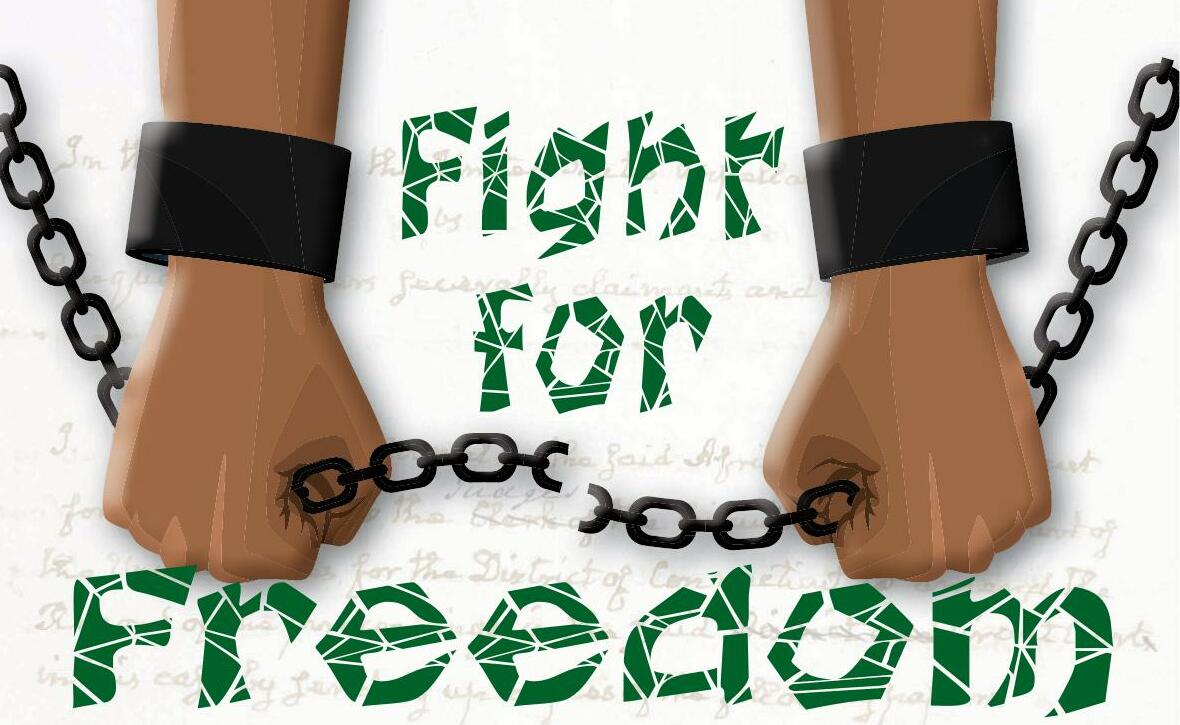
He missed the wide blue sky and tall palm trees of his village. He missed running and playing with his friends. He wished he could be back home with them, fishing in the river. He thought sadly about his family. So much time had passed since he had seen them.
Along with his 32 cellmates, Kali had been kidnapped in Africa and snatched away from his family by slave traders. The acknowledged leader of the Africans was Sengbe Pieh (also referred to as Joseph Cinqué). Pieh was a strong, powerfully built man in his mid-twenties.
He also was kind, gentle, and concerned for his fellow captives. Almost all the men were married. They all shared the pain and heartache of being separated from loved ones. Strangers in a strange land, they had been fighting for their freedom for nearly two years.
Two Years Earlier
In the spring of 1839, two Spanish slave traders purchased a group of Africans at an illegal slave market in Havana, Cuba. The slave traders planned to bring the people to a sugar cane plantation. They loaded the Africans onto a ship, the Amistad, for the trip.
Several days into the journey, the Africans revolted. Led by Pieh, they freed themselves from the shackles that constrained them. They killed the ship's captain and the cook. They then order that the Amistad sail back to Africa. But the sailor steering the ship secretly turned the ship north instead of east across the Atlantic Ocean. After two months, the schooner was sighted off the coast of New York. It was seized by a U.S. merchant marine ship. The Amistad and all aboard were taken into U.S. custody. The Africans were charged with murder and mutiny and jailed in Connecticut. The murder charges eventually were dropped, but the fate of the Africans remained in question.
Community Support
Bu hikaye Cobblestone American History Magazine for Kids dergisinin October 2022 sayısından alınmıştır.
Start your 7-day Magzter GOLD free trial to access thousands of curated premium stories, and 9,000+ magazines and newspapers.
Already a subscriber ? Giriş Yap
Bu hikaye Cobblestone American History Magazine for Kids dergisinin October 2022 sayısından alınmıştır.
Start your 7-day Magzter GOLD free trial to access thousands of curated premium stories, and 9,000+ magazines and newspapers.
Already a subscriber? Giriş Yap
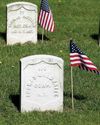
Putting the Pieces Together
Americans needed to begin to put the past behind them, come together, and plan for the future in the spring of 1865. But Abraham Lincoln, the man best equipped to lead them and who had hoped to restore the country as smoothly and peacefully as possible, had been assassinated.
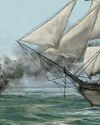
LAST SHOTS
The last Confederate forces in the Civil War didn’t surrender in the spring of 1865 or on a battlefield.
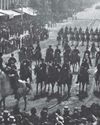
AND IN OTHER 1865 NEWS
A group of African Americans stop at the White House’s annual public reception on January 1, where they shake hands with President Abraham Lincoln.
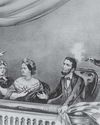
A Plot to Kill President the
For several months, actor John Wilkes Booth’s band of conspirators had plotted to capture President Abraham Lincoln and hold him hostage in exchange for Confederate prisoners.
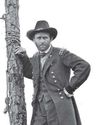
Let the Thing Be Pressed
In June 1864, Union Lieutenant General Ulysses S. Grant began a nearly 10-month campaign in Virginia.
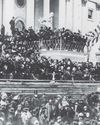
HEALING THE NATION
President Abraham Lincoln took the oath of office for the second time on March 4, 1865.

A Helping Hand
The spring season is hard in any agricultural society. Plants and animals are too small to eat.
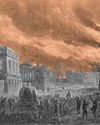
WAR SHERMAN-STYLE
As far as Union Major General William T. Sherman was concerned, the Civil War had gone on long enough.
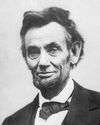
PEACE TALKS
The fall of Fort Fisher made clear that the Confederacy’s days were numbered. Southerners were tired and hungry.
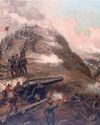
FORT FISHER'S FALL
Outnumbered Confederate soldiers inside Fort Fisher were unable to withstand the approach of Union troops by land and the constant Union naval bombardment from the sea.